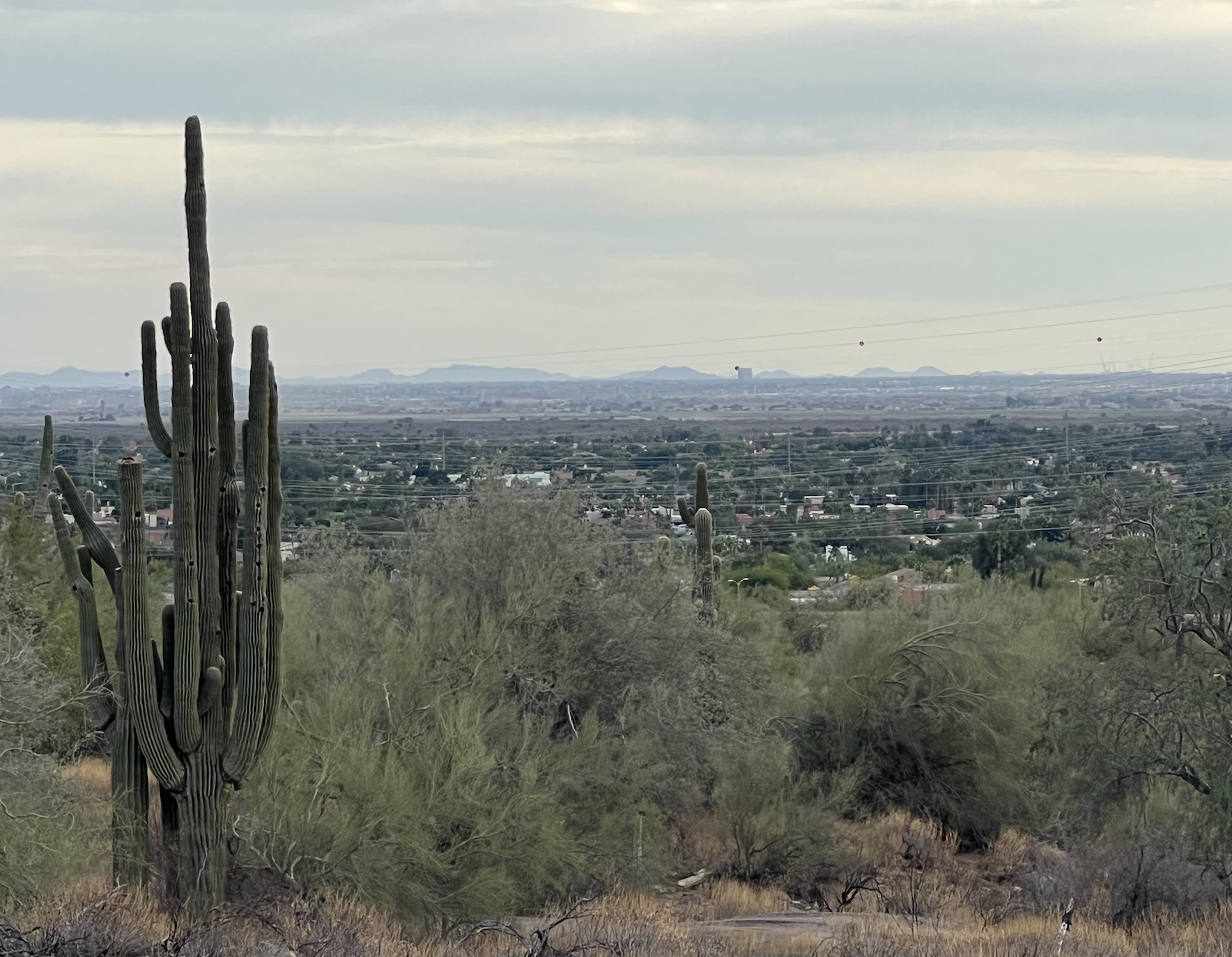
This weekend I read through some old program materials from work I was involved with at The Berkana Institute. Berkana was, and is, foundational to me. That’s Meg Wheatley. That’s other good colleagues that became deep companions. That’s foundational grounding of purpose, need, principles, and values. There’s Berkana in most everything I do today. My formal working with Berkana was 1993 – 2003. My colleaguing in relationships born in Berkana continue now.
One piece from the old program materials was about a global conversational leadership initiative called From the Four Directions: People Everywhere Leading The Way. The short of it, pre-FaceBook and so many other internet engagement platforms that have become common place now, was to connect people in learning, in conversation, in community, and in the actions that grew from that.
Here’s part of the description materials, that remains true to me today, and expressed by many of us in connected yet evolving ways.
What We Do
We develop life-affirming leadership practices and values
in local communities around the world.
We create the means for local leaders to learn from one another,
to support each other’s clarity and courage,
and to develop as a community of practice.
Berkana was always involved with experimenting and applying principles of self-organization, so as to grow more wise, thoughtful, compassionate, and wickedly smart communities. Berkana was always about working with life itself, to reclaim a paradigm that challenged patters of mechanization and isolation that the industrial age so enforcingly bequeathed to it’s next generations.
These materials were from the mid 90s. I’m glad that those efforts to improve life-affirming leadership practices continues birth a change in how we humans do what we do together.
From the archives.
